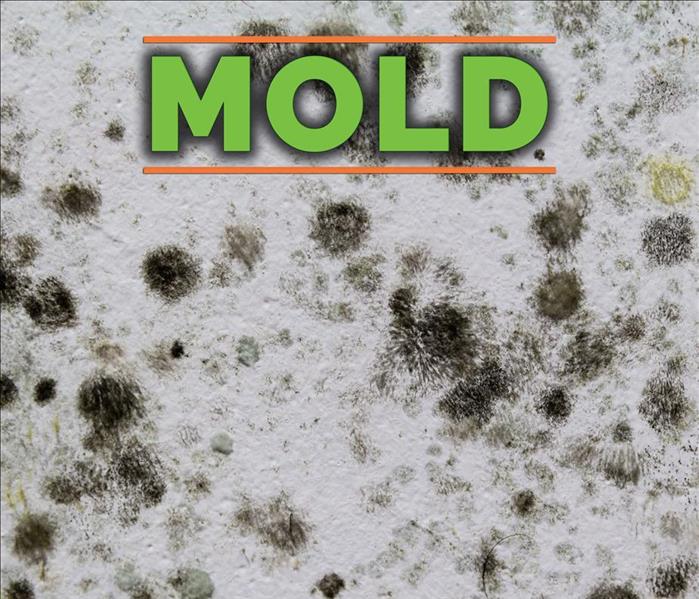5 Common Types of Household Mold
11/30/2020 (Permalink)
Know Which Common Varieties To Look For
It's not uncommon to discover mold growing in your Indian Hill, OH, home. Mold growth can occur under several different circumstances, depending on the type of fungi in question. Before you begin your mold remediation process, you should identify which species is the culprit.
1. Stachybotrys
More commonly referred to as the infamous black mold, Stachybotrys is perhaps the most common type of residential mold. Much like the name implies, it has a dark green or black color and may feel slimy to the touch. It's very common in places that come into frequent contact with water, or in areas that have recently suffered some form of water damage.
2. Alternaria
This species of mold is often confused for black mold, as it thrives under the same damp or high humidity conditions, has a very similar appearance and is just about as common as its cousin. Instead of feeling slimy, alternaria has an almost velvety texture due to the wispy dark green or brown hairs that sprout on its surface.
3. Chaetomium
Once again, this type of mold growth is quite common in water-damaged structures. When it first appears, it boasts a white or gray color before slowly fading to dark brown or black over time. You're more likely to smell this species before you see it, due to its musty odor.
4. Aureobasidium
You should check for this type of fungus behind your wallpaper or on painted wooden surfaces. This mold appears pink or brown in color when it's young and slowly fades to black over time, much like chaetomium.
5. Cladosporium
This versatile species of mold can thrive in both warm and cold environments. You're most likely to find it growing in your carpeting, upholstery, and other types of fabrics. It boasts a soft, suede-like texture and green coloring.
You could potentially find several different mold species growing in your home, so it's important that you know which common varieties to look for. Contact mold remediation experts for assistance if you do discover mold growth in your home.






 24/7 Emergency Service
24/7 Emergency Service
